Croton Care: Guide to Keeping Your Plant Healthy
The Croton
Crotons have some of the most attractive and vibrant foliage. Often coming in colors like bright yellow, orange, and red, these exotic plants have a reputation for being high-maintenance due to their tropical nature, but once they adapt to their new home, they become a breeze.
Crotons are native to the humid tropics, so they'll appreciate frequent misting, a nearby tray of water and pebbles, or a humidifier to increase humidity, as well as plenty of sunlight to encourage the growth of brightly colored leaves. The more sunlight a croton receives, the more colorful its foliage. If it's in a location with less sunlight, new, greener leaves will emerge.
_________________________________________________
How to care for your Croton
Use these instructions to care for a croton. This guide will tell you how to water a croton; its light, temperature, and humidity preferences; and any additional care it may need to help it grow.
Crotons will have brighter, more vibrant foliage the more light they're exposed to, ideally 4-6 hours a day, allowing them to produce all those colorful leaves. If the plant doesn't get enough light, you may find that the plant grows tall without problems, but its leaves will have darker, greener tones. Always use indirect light.
When the soil begins to dry out, water your plant thoroughly until water flows from the holes in the pot. Crotons aren't as thirsty as other houseplants, but you should be aware that if their leaves begin to droop, it's because the soil is too dry. Conversely, if their leaves appear wilted, it means you're giving them too much water.
Crotons appreciate a generous amount of humidity. You can increase the humidity by placing a container of water near the plant or using a humidifier for a few hours a week.
Croton prefers temperatures between 15°C and 20°C. It's best to keep the plant away from drafts.
For best results, apply fertilizer once in early spring, once in early summer, and again in mid-summer. Fertilizing in fall and winter is not advisable.
It can be toxic to pets and humans. Ingestion can often cause mouth and stomach irritation.

_________________________________________________
Common Problems for Your Croton

It can be alarming to notice some leaves becoming weak and starting to fall off your Croton, but don't panic! This is very common.
Incredibly dry soil
Crotons prefer their soil to remain consistently moist, but they don't like waterlogging. Maintain a watering routine: water when the top of the plant and at least 1/3 of the soil are dry.
Here's how to soak your plant:
- Place your plant in the sink or bathtub. Fill it about three-quarters full of water. Make sure the water isn't too hot!
- Let the plant absorb water through the drainage holes in the pot for at least 45 minutes.
- If not all of the soil feels saturated (you can insert a finger or toothpick to check the moisture level), lightly water the plant from the top of the soil to help speed up saturation.
- Once the plant's soil is evenly moist, let it drain for a few hours to allow it to drain well, then place the plant back in its proper location.
- Keep in mind that when the soil goes from dry to saturated, it can cause stress for the plant and lead to leaf drop. Give it some time to adjust.
There is not enough humidity
The croton is a tropical plant, so it will grow well in more humid environments. Increase the humidity around the plant regularly by using a container of water and stones nearby or placing a humidifier.

It can be very discouraging to see your plant dropping leaves. Most of the time, controlled leaf drop is normal, but we can't be complacent; sometimes something else may be going on. Here are some problems that could be causing your Croton's leaves to drop.
Inconsistent soil moisture
Crotons prefer their soil to remain consistently moist, but they don't like waterlogging. Maintain a watering routine: water when the top of the plant and at least 1/3 of the soil are dry.
If you accidentally let your Croton's soil dry out completely, you may see some leaves drop. It's a good idea to soak it in a sink or bathtub to properly rehydrate the soil:
- Place your plant in the sink or bathtub. Fill it about three-quarters full of water. Make sure the water isn't too hot!
- Let the plant absorb water through the drainage holes in the pot for at least 45 minutes.
- If not all of the soil feels saturated (you can insert a finger or toothpick to check the moisture level), lightly water the plant from the top of the soil to help speed up saturation.
- Once the plant's soil is evenly moist, let it drain for a few hours to allow it to drain well, then place the plant back in its proper location.
Keep in mind that when the soil goes from dry to saturated, it can stress the plant and cause leaves to drop. Give it some time to adjust.
There is not enough humidity
The croton is a tropical plant, so it will grow well in more humid environments. Increase the humidity around the plant regularly by using a container of water and stones nearby or placing a humidifier.
Are you getting enough sun?
Crotons prefer a sunny location. If placed in an area lacking adequate light, they will begin to develop duller leaves. The color of the croton's leaves will also indicate whether it's receiving enough sunlight. The leaves will grow mostly green and lack the vibrant reds, oranges, and yellows crotons are known for if the location is too dark.




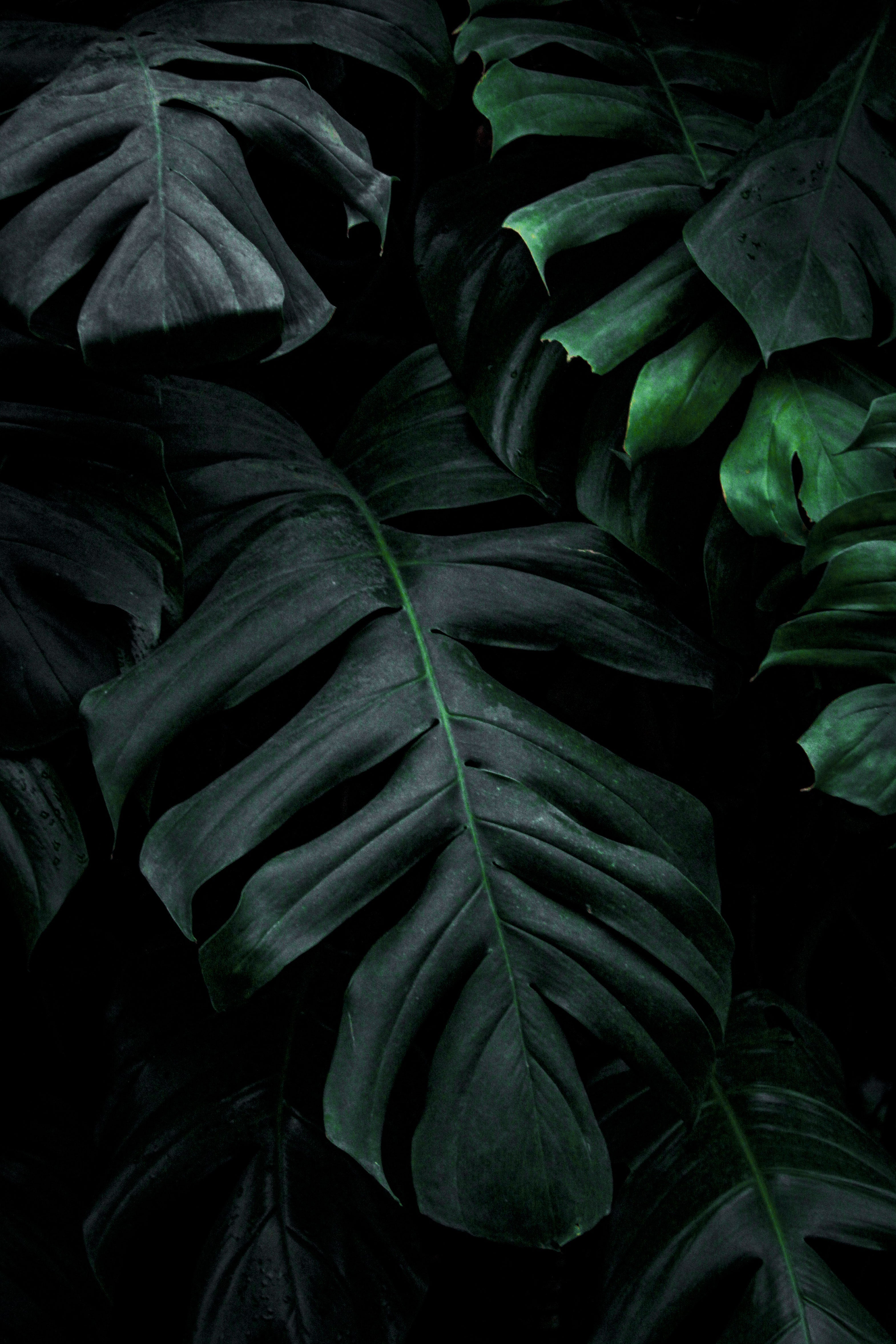
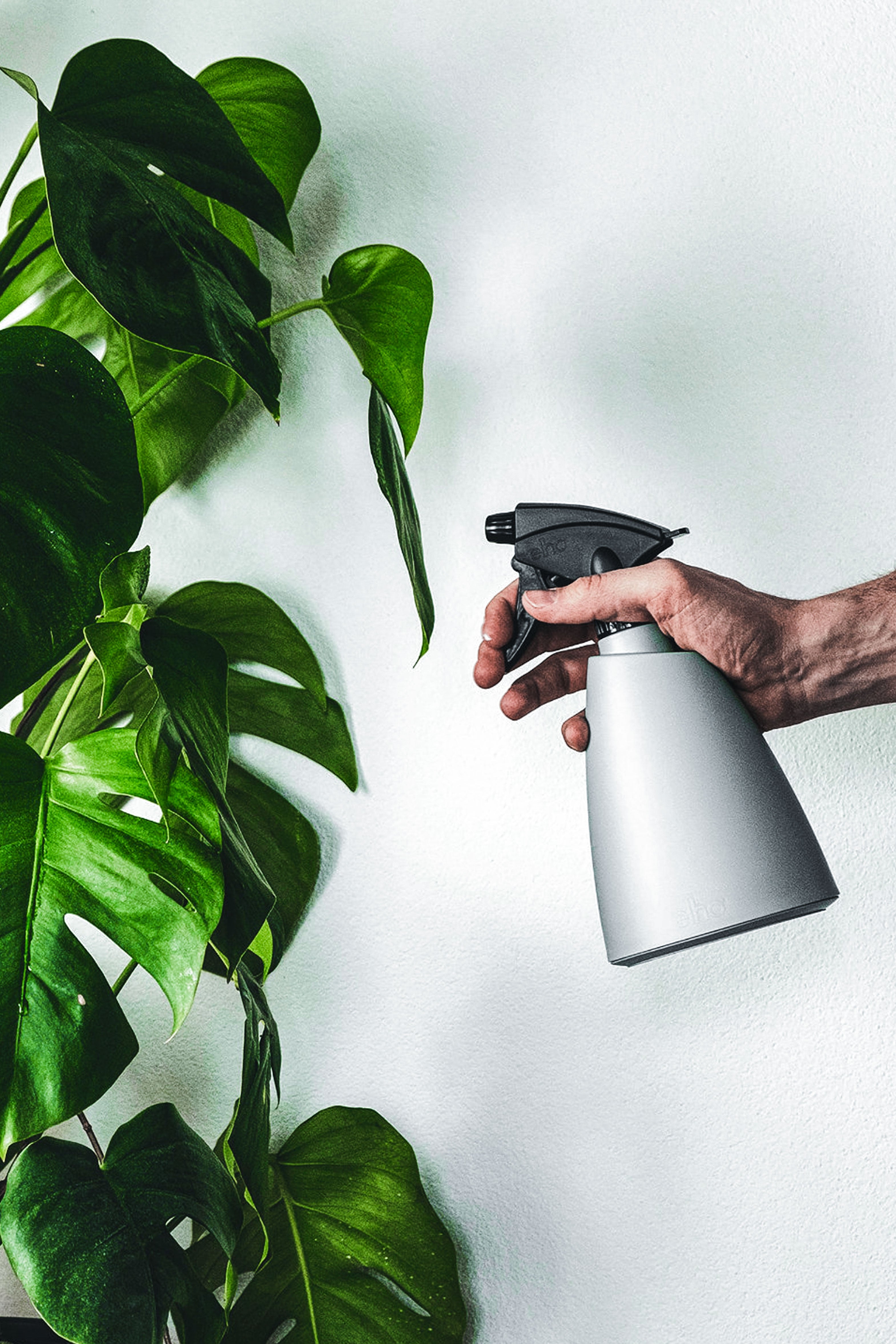
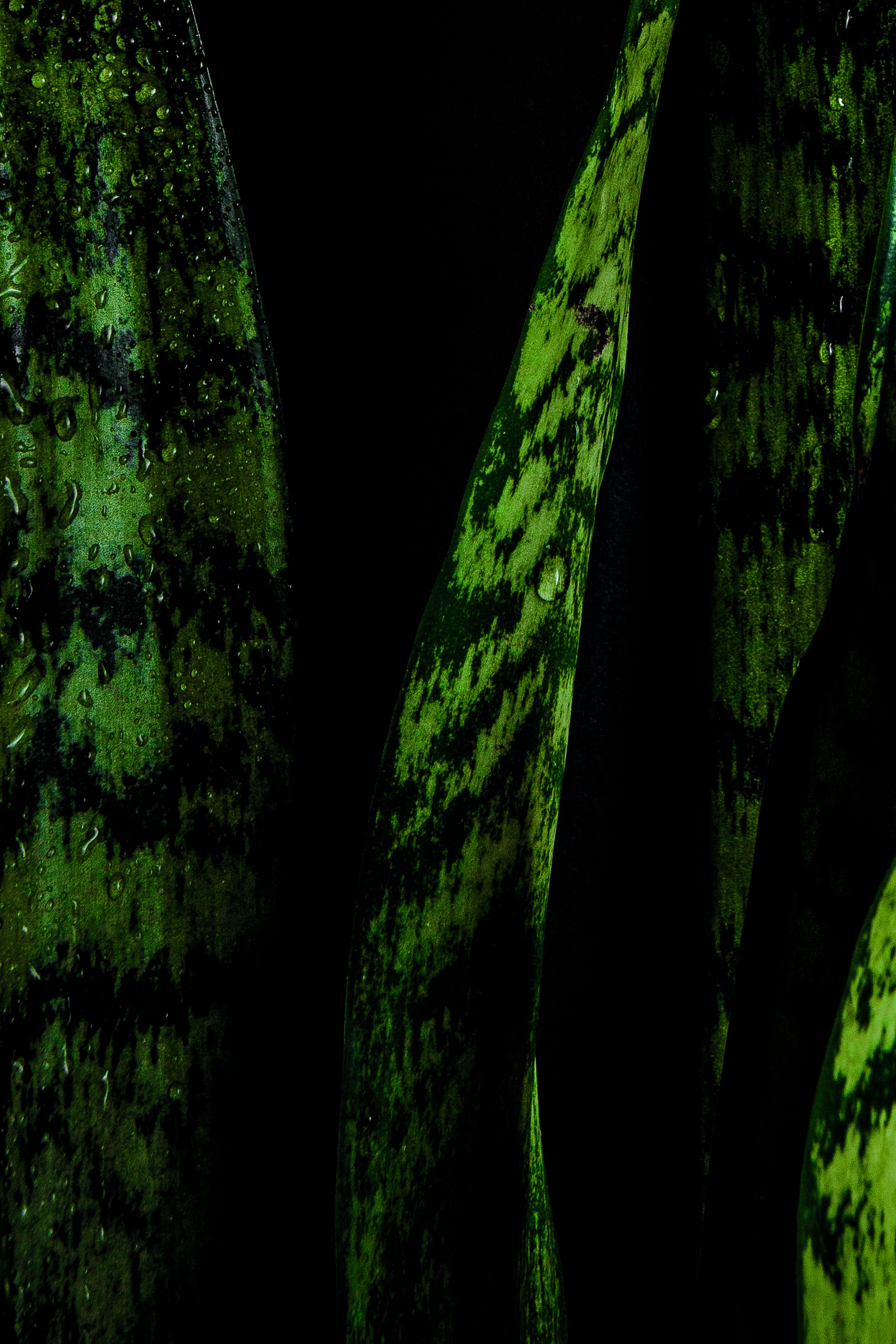
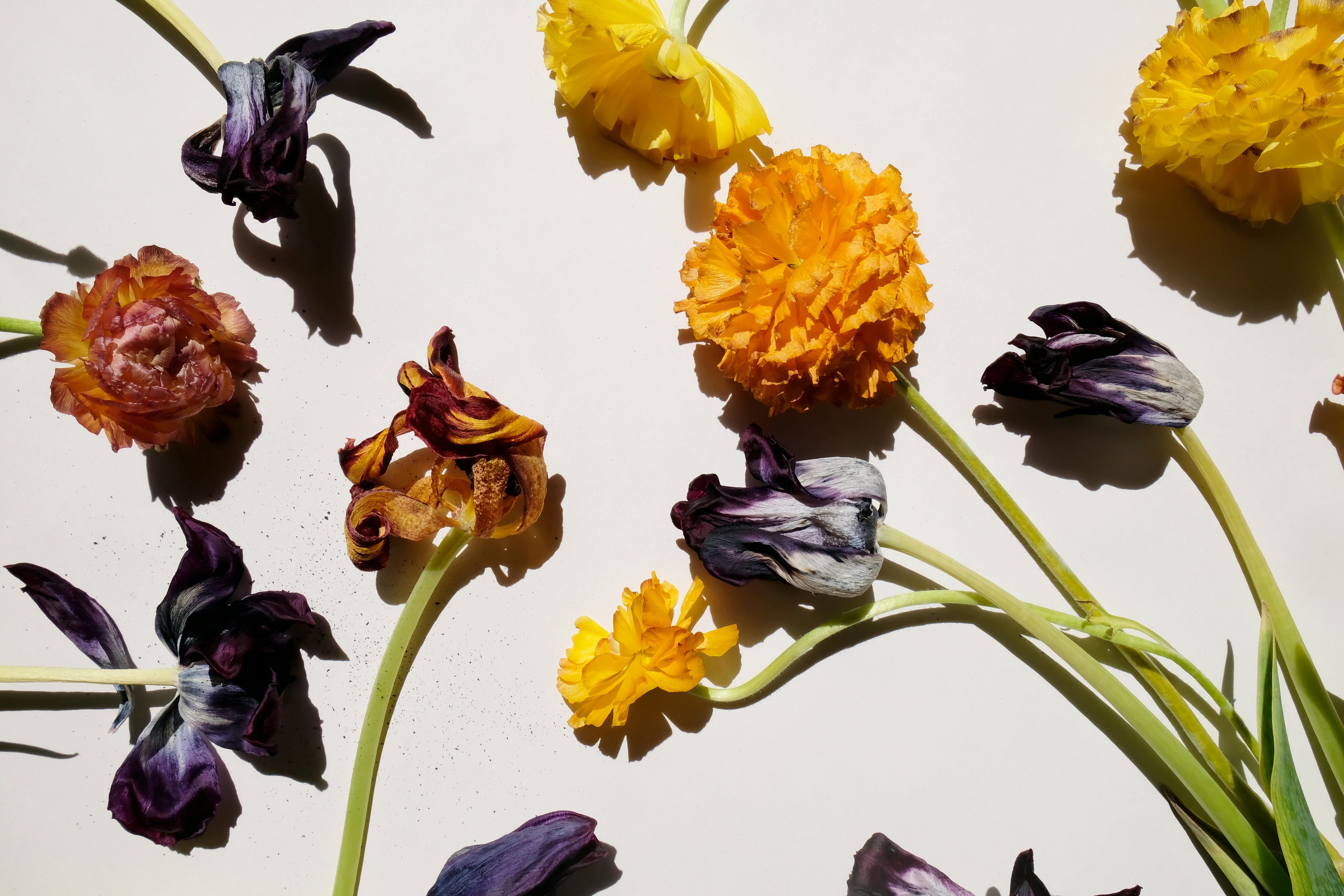
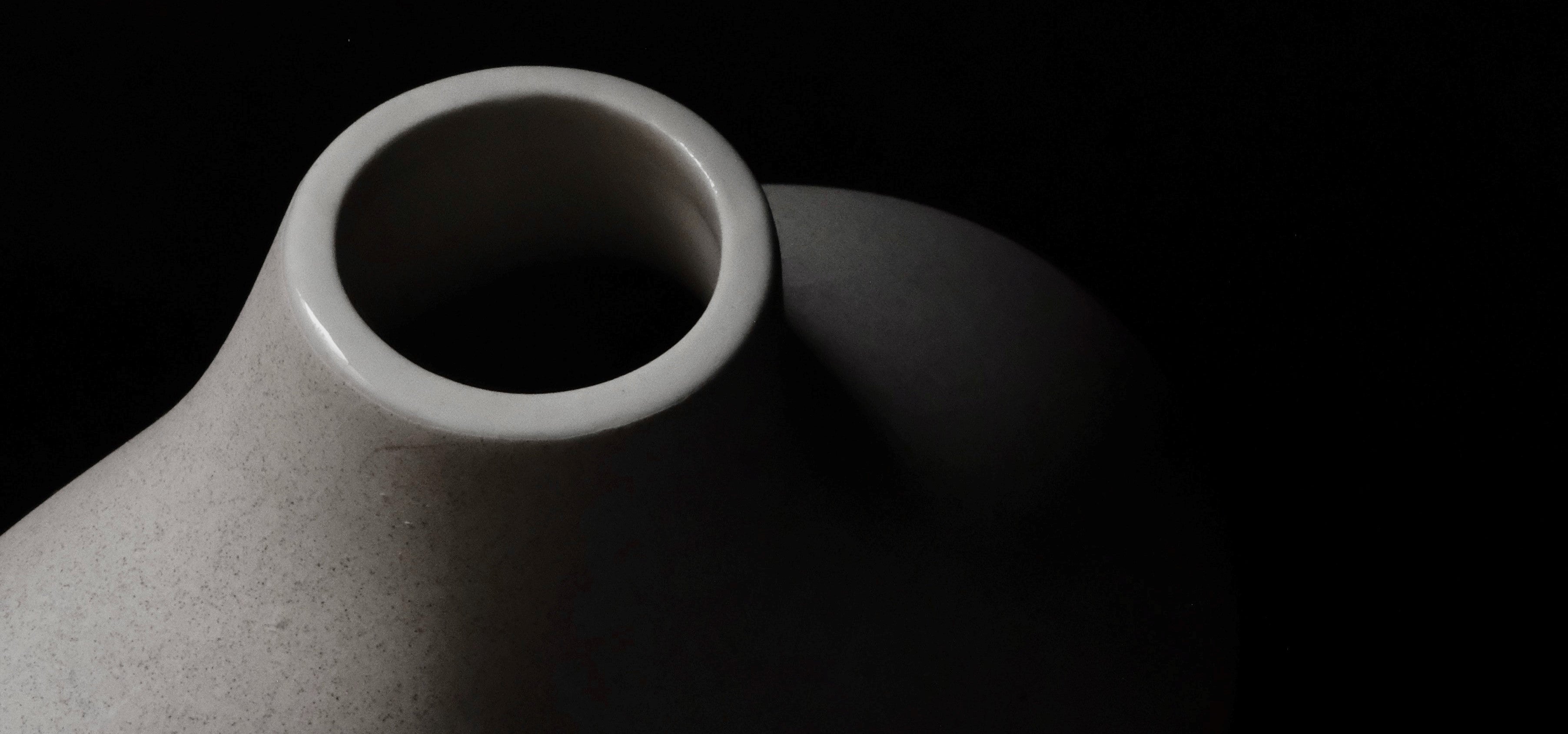
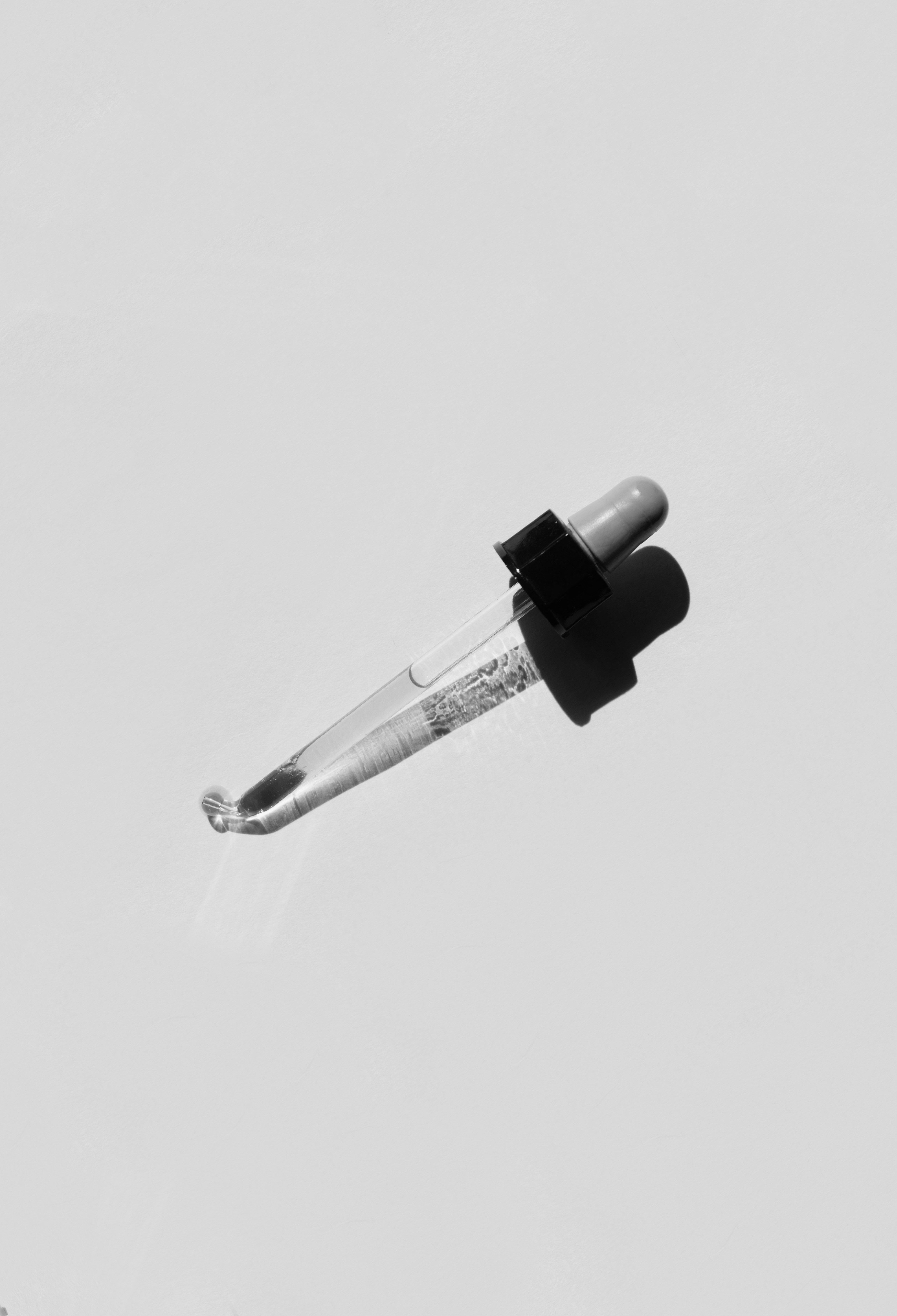
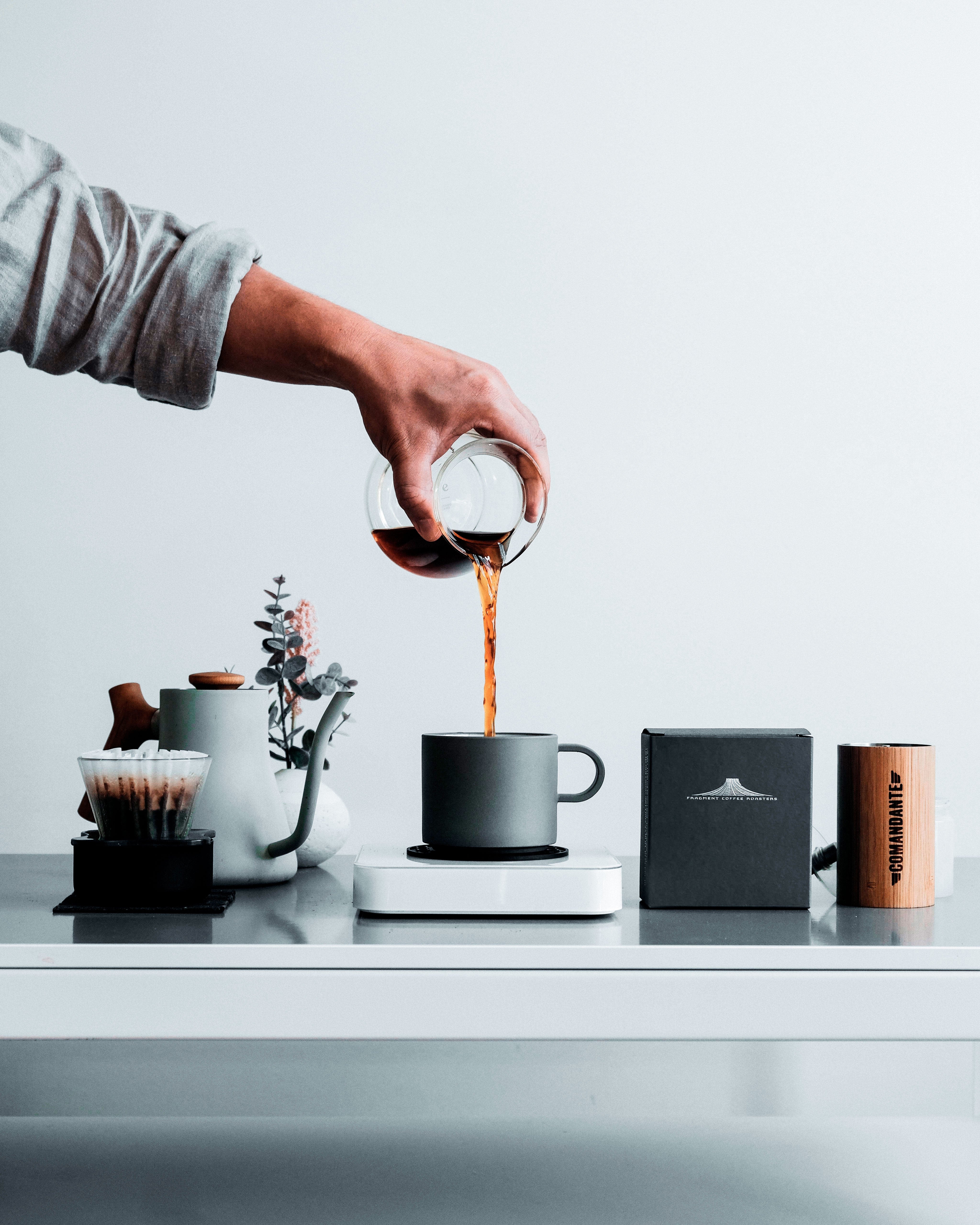
Leave a comment